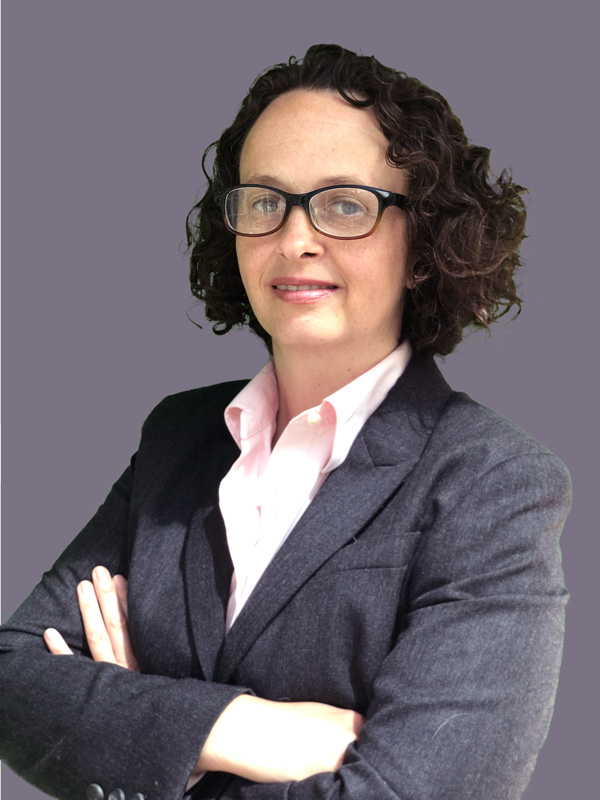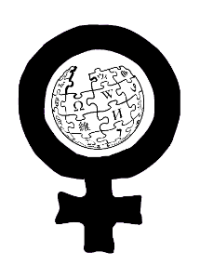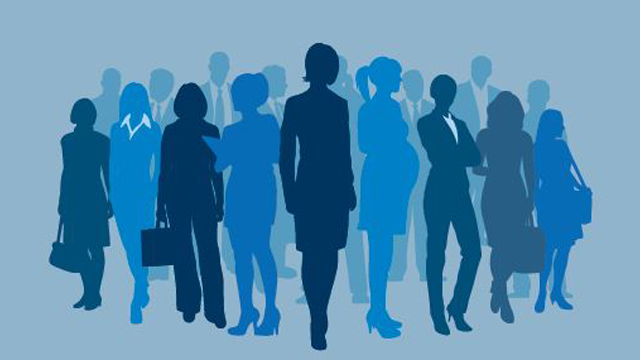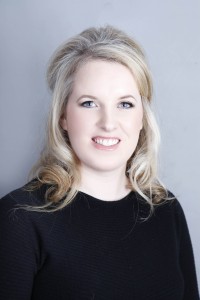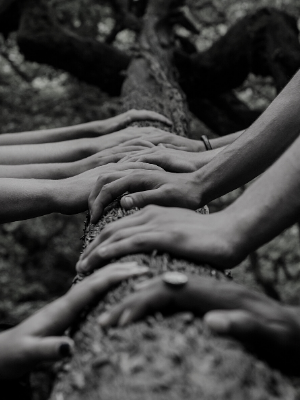 During the month of International Women’s Day (IWD 2021), we confront a global reality: no recent year has devastated women’s lives like the one we’ve just lived through. And it’s still happening.
During the month of International Women’s Day (IWD 2021), we confront a global reality: no recent year has devastated women’s lives like the one we’ve just lived through. And it’s still happening.
The IWD2021 theme is #ChoosetoChallenge: “A challenged world is an alert world and from challenge comes change.”
Starkly put, the pandemic response has exemplified “a lack of gender perspective” resulting in 47 million more women facing poverty. The International Labour Organization has given warning that the “modest progress” made on global gender equality across the years will disappear due to COVID-19.
The damage of the pandemic response has not only made obvious the real danger in the inevitable blindness of default male leadership.
It has also bolded and underlined that the world has not been a level playing field for women for far too long—a paradigm in which gains in “equality” are molasses slow and hard-won progress can slip away within the blink of a year.
A Wave of Women’s Disempowerment
UN Women points out that 2020 marked the 25th year anniversary of the Beijing Platform for action, which was intended to be “groundbreaking for gender equality”, but instead now represents a rollback.
A recent report by UN Women found that as a direct result of pandemic-related unemployment and lost earnings, women’s poverty rates have increased by 9.1 percent worldwide and the poverty gap between men and women is widening after years of decline.
Women are losing what was already sparse ground in executive leadership and a pithy share of entrepreneurial funding. Women are increasingly unable to stay in work while caregiving and taking pay losses. Dozens of millions of women in developing nations have been dropped into economic, safety and health fragility.
A blatant wave of global women’s disempowerment has taken place due to the COVID-19 pandemic response, drastically impacting quality of life for millions of women. The measures have had distinctly gender-regressive effects, setting women back by decades.
The words “pandemic response” are intentional because these impacts are not from the pandemic itself, but from the response measures that have been implemented—neither inherent nor unavoidable. Treating the pandemic and the response measures as inextricable is blinding to a more empowering narrative of exploration of greater choices or different measures.
Many Spheres of Losses for Women
“The pandemic is deepening pre-existing inequalities, exposing vulnerabilities in social, political and economic systems which are in turn amplifying the impacts of the pandemic,” writes the UN Women policy authors. “Across every sphere, from health to the economy, security to social protection, the impacts of COVID-19 are exacerbated for women and girls simply by virtue of their sex.”
Disproportionate Job and Pay Losses
More likely to be employed and over-represented in the informal sectors—such as retail, hospitality, food, agriculture and tourism—women have born the brunt of pandemic job losses. 70% of unemployment has been in the informal sector, in which security for job losses are rare or non-existent.
While women comprise 39% of the global labor force, research by the McKinsey Global Institute in July found that they accounted for 54% of early pandemic-related job losses. A UN Women report at the end of the second quarter of 2020 showed that women were 1.7 times more likely to be out of the labor market. Since February 2020, 2.4 million women dropped out of the U.S. workforce, 33% more dropouts than men (less than 1.8 million).
And the gendered effect is becoming more marked—80% of September labor drop-outs, as school began again, were women (865,000) and this rate continues: in January 2021, 275,000 women dropped out, at nearly 4x the rate of male job exits (71,000). As of October, women in India were dropping out of the workforce 2.5 times faster than men.
While women in European countries are fairing better at staying employed due to more stimulus spending and protections, analysis across 28 countries revealed women’s wages have dropped more (6.9% vs. 4.7% for men)—with drops in Germany (8.6%) and UK (12.9%) being nearly double those for men.
Escalated Unpaid Work
UNESCO reports 87% of students (1.52 billion) and over 60 million teachers have been homebound, with mothers disproportionately shouldering that change. As women are forced to turn their efforts toward unpaid work, they lose access to paid work, in a rate far higher than men who have children in the household.
Women comprise the majority of single-parent households. There’s a gross imbalance in domestic unpaid work (women do 3x as much as men—4.1 vs 1.7 daily hours), with less social and economic protections. Speaking globally, full lockdowns have a disproportional impact on women’s mobility, especially school closures.
As a result of the pandemic response measures, it was estimated in May that time spent on family responsibilities increased by 30% for women in India. In June, a report found that U.S. women were spending ten to 15 hours more per week on caregiving responsibilities than before—creating the emergence of a “double double shift” in dual-career parent couples, where mothers are 1.5 times more likely than fathers to spend an additional 3+ hours on household work a day than prior to COVID-19.
“The COVID-19 global crisis has made starkly visible the fact that the world’s formal economies and the maintenance of our daily lives are built on the invisible and unpaid labor of women and girls,” states the UN Women policy report.
Basic Vulnerability in Developing Countries
Beyond job loss and escalated unpaid work, women in developing economies are less likely than men to have a bank account, have only 77% as much access to personal finances and have 17% less access to the internet. The financial access gap is exacerbated in this increasingly digitized bank environment.
Food insecurity and hunger are anticipated to double in low and middle income countries. Women also face exponentially increased gender-based violence while often being “locked down” with their domestic abusers, with disrupted or inaccessible support services.
As a direct example, a study from Nairobi showed highly gendered impacts to Kenyan youth—over half of women reporting financial reliance (54%), both young men (45%) and young women (53%) being unable to meet basic needs, and more young women becoming reliant on transactional sex partnerships to do so (36%), with half of young women (49%) reporting an increase in intimate partner violence since COVID-19.
Lost of Ground in Leadership, Academia and Entrepreneurship
In the academic world, higher education, school closure and increased childcare has witnessed women’s “research outputs plummeting during lockdown while men’s have increased”—amplifying longstanding gender inequalities in access to grants and promotions.
While women made up only 5% of chief executives globally before, a new report has shown that companies are defaulting to hiring male CEOS and recruiting fewer women. And while women founder teams received only 2.8% of investments in 2019, that paltry all-time high has dropped to only 2.3% of VC funding in 2020.
Disproportionate Impacts on Black and Latina Women
“It appears that the pandemic is affecting the already built-in racial/ethnic and gendered structural disparities in the labor market in an even more pronounced way, especially for women of color,” said researchers in the Journal of Economics, Race and Policy.
Throughout the pandemic, unemployment has hit women and people of color, meaning the intersectional effect for women of color is the sharpest. In April 2020, national unemployment was 14.7% but 16.9% for black women and 20.2% for Latina women. In August 2020, black women had recovered only 34% of pre-pandemic jobs, relative to 61% for white women.
Unemployment for black women (11.1%) and Latinas (11.0%) was twice as high in September 2020 than prior to the pandemic. As of January, black women were still 8.5% unemployed and Latina women 8.8% unemployed, with the national average at 6.3%.
Impacts that will Outlast the Crisis
E-bola in Liberia demonstrated that while men’s lives bounced back after preventative measures subsided, the detrimental impact on women’s livelihoods endured.
Of the 12.1 million job losses for women in the U.S. between February and April 2020, only slightly more than half had returned as of September. Research has shown that workers who lose employment during a recession experience “highly persistent earning losses” in the fallout.
“The large impact of the current recession on working women has consequences that will long outlast the recession itself,” writes researchers. “Given that women have lost many more jobs than men in this recession, earnings losses will push down the average earnings of women in the economy and raise the gender pay gap.”
Default Male Decision Making in the Covid-19 Response
Early last year, theglasshammer wrote about the default male world. Now, the pandemic response measures have shown how default male world decision-making has created massive detrimental impacts for women in a very short amount of time.
As written in a blog post on LSE’s School of Public Policy, “Not only do we know little about the impact of the pandemic on women, the people making key decisions on how to manage it are overwhelmingly male.”
Only 25% of health leadership positions (less than 5% of these in low and middle income countries) are female, while 70% of the health workforce and 90% of frontline workers are women. LSE writers argue this created a complete disregard in policy for the needs of women, precluding the exploration of more diverse, holistic and inclusive approaches.
Only 3.5% of COVID-19 decision-making teams have gender parity, with 85% of task forces being comprised of mostly men. Fewer than 1 in 5 of social policies and labor measures taken across 200 countries were gender sensitive.
An MP committee in the UK called out that government policies had been “repeatedly skewed towards men.” And the “gender perspective is unfortunately often the first thing to be disregarded” in crisis response situations, said Swedish Foreign Minister Ann Linde.
Bold new fiscal packages and corporate policies, many of which would have seemed unthinkable before the crisis, have been enacted with remarkable speed,” wrote McKinsey partners and co-authors in Foreign Affairs, “While these initiatives have helped to stabilize the global economy during a once-in-a-lifetime emergency, far too many of them have failed to sufficiently consider the half of the world’s population that is arguably more critical to a full economic recovery: women.”
Will We Choose to Challenge?
In a default male patriarchal world, the pandemic response has evidenced that if leadership is not actively working for women, it is in fact actively working against them.
When will we harness the real power of being the invisible engine of the world, and give our support to a paradigm only if it honors and respects the belonging of all people here?
Deep down, don’t we all know the truth that if the world doesn’t work for everyone, it doesn’t work for anyone?
UN Women notes that “Women will be the hardest hit by this pandemic but they will also be the backbone of recovery in communities. Every policy response that recognizes this will be the more impactful for it.”
The organization recommends 1) ensure women’s equal representation in all COVID-19 response planning and decision-making, 2) drive transformative change for equality by addressing the care economy, paid and unpaid, 3) target women and girls in all efforts to address the socio-economic impact of COVID-19.
“Achieving gender parity in leadership and decision-making positions is the first step towards achieving equitable and sustainable global health security,” argues the LSE co-authors.
Stepping back, if we were talking about the impacts on women’s lives as much as case rates, would the world populace—especially women—be abiding the same measures?
Would we be engaging in a more nuanced discussion about preservation of health, lives and quality of lives? Did we even pause to have that discussion?
Would we choose to challenge the changes of a trigger-fast crisis solution we have so quickly abided, and the real impacts it has created?
In a rush to mass implementation, might the solution to any problem carry even greater problematic consequences?
These are all the questions we aren’t asking enough—and women are paying the price.
By Aimee Hansen
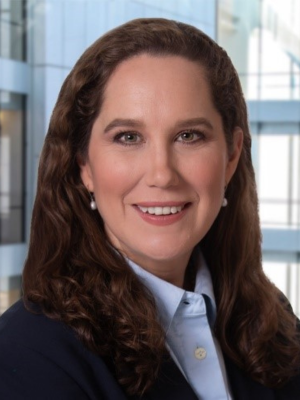 Christine Fritz, Portfolio Manager, PGIM, Germany, highlights how inclusive leadership helps women overcome hurdles in their careers.
Christine Fritz, Portfolio Manager, PGIM, Germany, highlights how inclusive leadership helps women overcome hurdles in their careers.



